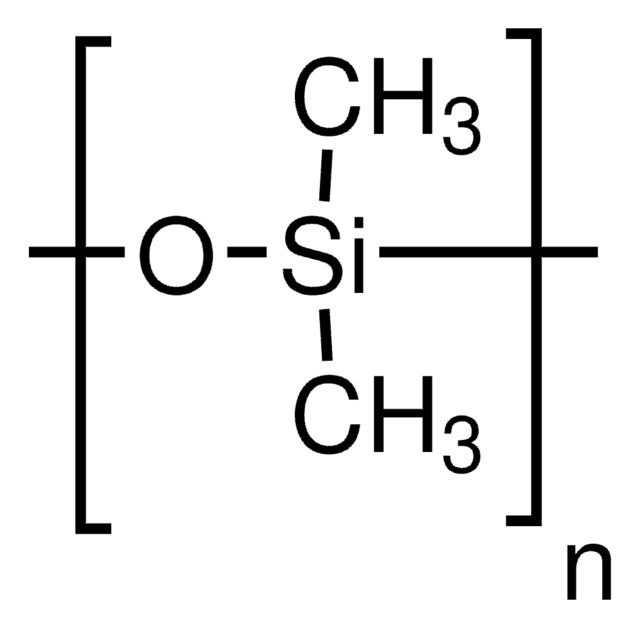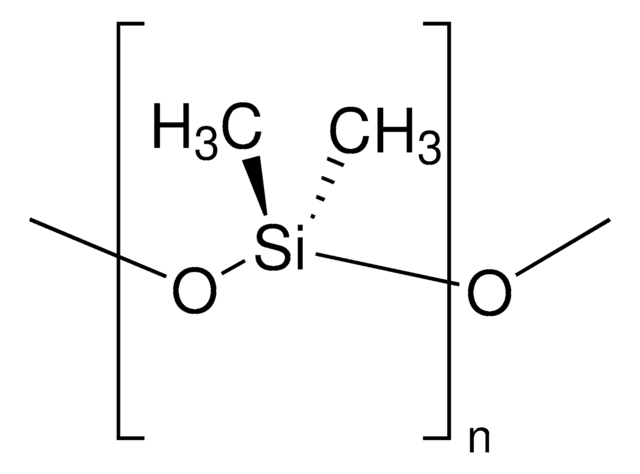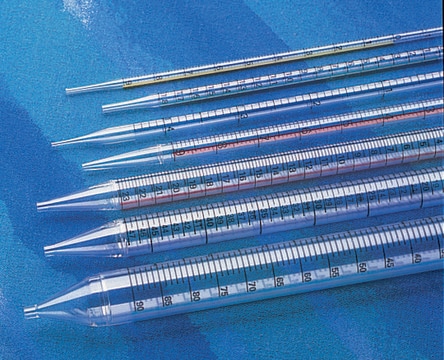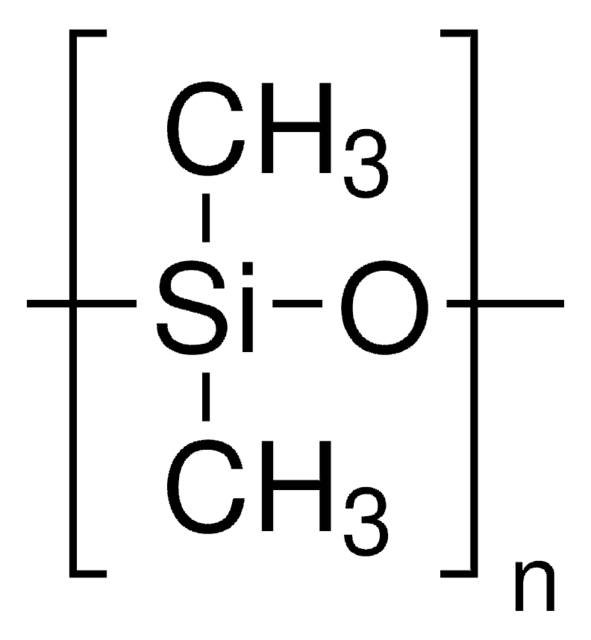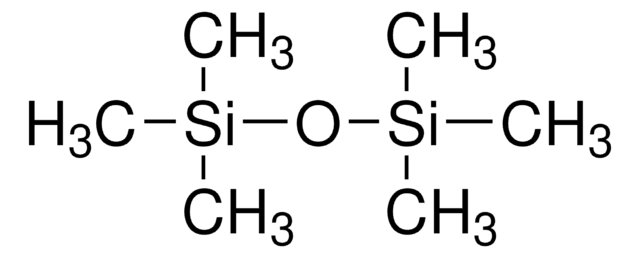DMPS5X
Dimethylpolysiloxane
viscosity 50 cSt (25 °C)(lit.)
Synonym(s):
Polydimethylsiloxane
Sign Into View Organizational & Contract Pricing
All Photos(3)
About This Item
CAS Number:
MDL number:
UNSPSC Code:
12352200
PubChem Substance ID:
NACRES:
NA.25
form:
liquid
Recommended Products
form
liquid
Quality Level
mol wt
~3,780
viscosity
50 cSt(25 °C)(lit.)
SMILES string
[Si](=O)(C)C
InChI
1S/C2H6OSi/c1-4(2)3/h1-2H3
InChI key
SEUDSDUUJXTXSV-UHFFFAOYSA-N
Looking for similar products? Visit Product Comparison Guide
Application
Dimethylpolysiloxane has been used:
- in culturing mouse embryos
- in preparation of oil-based nano-adjuvant candidates
- to reduce the brain movement in the post-cat craniotomy process
Clear, colorless fluid polymer useful as a stationary phase in gas chromatography and as an anti-foaming agent.
Biochem/physiol Actions
Dimethylpolysiloxane is a silicon-based organic polymer, inert and non-toxic. It is applicable in the pharmaceutical, food, and cosmetic industry. Dimethylpolysiloxane is excreted unchanged unaltered in the faeces and is non-mutagenic.
Dimethylpolysiloxane is used in protein chromatography and affininty chromatography. Dimethylpolysiloxane was used to determine that postprandial inflammatory response after ingestion of heated oils in obese persons is reduced by the presence of phenol compounds.
Storage Class
10 - Combustible liquids
wgk_germany
WGK 2
flash_point_f
609.8 °F - closed cup
flash_point_c
321 °C - closed cup
ppe
Eyeshields, Gloves, multi-purpose combination respirator cartridge (US)
Choose from one of the most recent versions:
Already Own This Product?
Find documentation for the products that you have recently purchased in the Document Library.
Customers Also Viewed
Zengguang Ma et al.
Neuroscience letters, 637, 161-167 (2016-11-20)
Understanding the mechanisms underlying negative hemodynamic responses is critical for the interpretation of functional brain imaging signals. Negative imaging signals have been found in the visual, somatosensory and motor cortices in functional magnetic resonance imaging (fMRI) and intrinsic signal optical
Comparison of cortical responses to the activation of retina by visual stimulation and transcorneal electrical stimulation.
Sun, et al.
Brain Stimulation, 11, 667-675 (2019)
A Perez-Herrera et al.
Molecular nutrition & food research, 56(3), 510-514 (2011-12-14)
Heating during the process of cooking alters the chemical properties of foods and may affect subsequent postprandial inflammation. We tested the effects of four meals rich in different oils subjected to heating on the postprandial inflammatory metabolism of peripheral blood
Vyacheslav N Fishman et al.
Chemosphere, 84(7), 913-922 (2011-07-09)
The applicability of three different Silphenylene Silicone co-polymer (Si-Arylene) GC stationary phases (J&W Scientific DB-5ms, Varian VF-5ms, and VF-Xms) has been evaluated for the separation of all 136 tetra- through the octa- chlorinated dibenzo-p-dioxins (PCDD) and chlorinated dibenzofurans (PCDF) from
Mara I Orozco et al.
Journal of agricultural and food chemistry, 59(13), 7194-7202 (2011-06-08)
The influence of deep frying, mimicked by 20 heating cycles at 180 °C (each cycle from ambient temperature to 180 °C maintained for 5 min), on the unsaponifiable fraction of vegetable edible oils represented by three characteristic families of compounds
Our team of scientists has experience in all areas of research including Life Science, Material Science, Chemical Synthesis, Chromatography, Analytical and many others.
Contact Technical Service